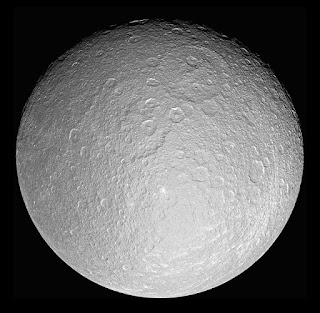MILKY WAY GALAXY IN THE UNIVERSE
MILKY WAY GALAXY THE UNIVERSE
MILKY WAY GALAXY FORMATION OF EARTH
We've learn about how star and galaxies form, and there are hundreds of billions of in the observable universe, each with many millions or billions of individual stars.
So which galaxy is our home?
Let's take a look at this collection of galaxies. First thing is called the Virgo supercluster, containing over a 100 groups and cluster of galaxies, such as the virgo cluster, and the local group. Now let's zoom in on the local group. This contain more than 50 galaxies, many of which are tiny dwarf galaxies, but some of which are fairly large, by galactic standard. The largest of these is called the Andromeda Galaxy, which is a spiral galaxy.
MILKY WAY GALAXY
Around half that size, the next biggest is called the milky way galaxy, also ask spiral Galaxy, and that's our home. It's a pretty typical barred spiral galaxy, containing somewhere between 200 billion and 400 billion stars. It is about 10, 0000 light years in diameter, meaning it takes light 100,000 years to travel from one edge to the other, wheres it is only about 1000 light-years thick. These are estimates, as there are no well defined edge to the Galaxy. It is simply a disc with the survival arms of varying sizes, surrounded by a halo of stars, with a dense bulge in the middle, most likely harboring a supermassive black hole at the centre of its nucleus, just like other large galaxies.
About 15% of the visible mass of the milky way galaxy is in the form of interstellar gas and dust, scattered between all the stars. Some of these stars from groupings called open cluster, such as the Pleiades, which is a few hundred stars bound fairly close together.
BILLION OF STARS IN MILKY WAY GALAXY
Beyond the stars in the disk, there are also several objects in more distant orbit called globular clusters. These are dense, spherical collection of stars, anywhere from a few hundred thousand to a few million, and here are little more than 150 of them travelling around the Halo. These are always filled with population 2 stars, indicating that they are very old, probably forming at the same time as the milky way.
The milky way also has some satellite galaxies, which are smaller galaxies that orbit around it. The most prominent of these are the samal Magellanic Cloud and Large Magellanic Cloud. Each around a 10th the size of milky way, and observable from the southern hemisphere. These interact with the milky way as they orbit, resulting in disturbance and also exchanging the material.
EARTH VIEW MILKY WAY GALAXY
Andromeda and the milky way are also on paths that will cause them to colloid sometime around 4 billion years from now. simulations show that this will be an incredible event that will take survival billion years to play out to completion. Many stars will be ejected, but the end result will likely be a merging to form a larger, more elliptical Galaxy, that has been dubbed "Milkdromeda".
So what do we now about the formation The milky way?
Well its rotation provides some information. Star outside of bulge move around galactic centre with a speed of around 220 kilometres per second. That's astonishingly fast by earthly standards, but even so, it takes stars in the outer areas about 250 million years to go once around. The closest stars are to the centre, the less time that take to orbit, just like planets around the sun. In fact, this is the phenomenon that is largely responsible for the formation of spiral arms in the first place.
This is all typical among various galaxies, as we can observe by looking at the other galaxies in our vicinity. The oldest star we can see in the milky way are very old population two stars, so we believe the formation of milky way dates back to that early era of Galaxy formation, less than 1 billion years after the big bang, where by dense region of gas collected to from a system of gravitationally bound stars.
Due to centrifugal force and accentuated my dad conservation of angular momentum, this began to spin in the way that it does now, collapsing from a sphere into disk, and has presumably been undistributed by major collections all these billions of years, as its spiral shape has been retained.
The older two stars can be found in the Halo, from the time of the Galaxy's formation, whereas most stars in the disc or younger, more likely to be population on stars, from after the Galaxy had already begun to take its front shape. An estimated three to five stars per year continue to form today, from all the interstellar gas and dust. Eventually all the star that can be from the gas and dust






Comments
Post a Comment